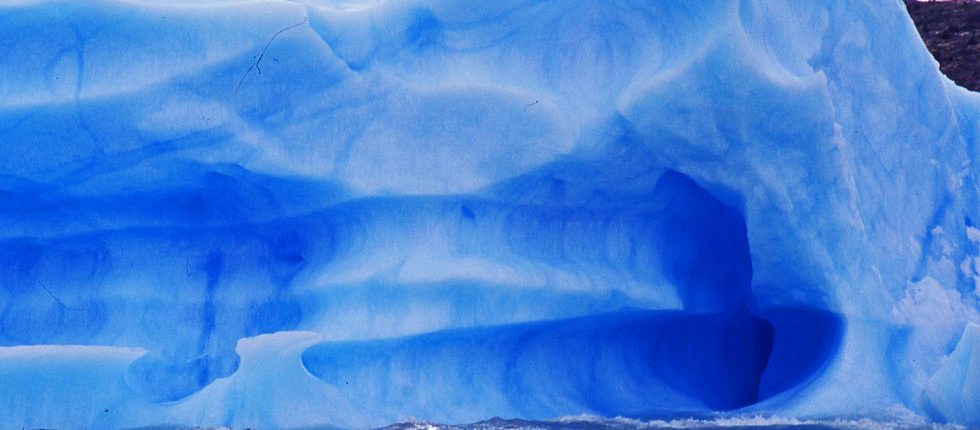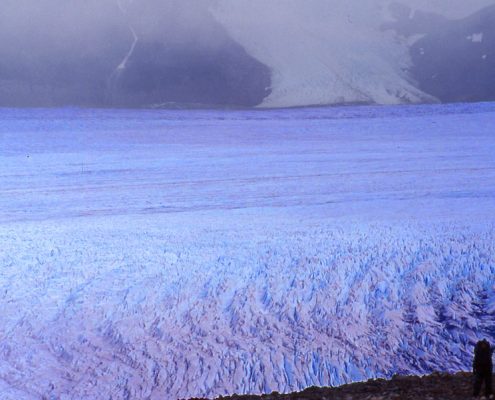Chile
Top tip: Some say ‘cycling is for psychos’

Geography
Chile situated in South America, and borders Peru, Bolivia and Argentina. To its west lies the Pacific and to the south the Antarctic. It is a ribbon of land, 2610 miles long and nowhere more than 115 miles wide. The Andes and a coastal highland range take up one third or half of the width in parts, and run parallel to one another. The coastal range forms high, sloped cliffs between the country’s north and its central region. Between the ranges runs a fertile valley, except in the north where east-west mountain ranges join the two major north-south ones, and in the far south where the sea breaks through the coastal range to form archipelagos and channels.
Soil types vary widely across the country, which also has vastly different climates depending on the region. The northern area consists mainly of the Atacama Desert, the driest in the world. The south is forested, and contains some agriculture; further south still the forests on the Atlantic side give way to rolling grassland on which sheep and cattle graze. Chile exercises sovereignty over a number of islands, including the Juan Fernandez Islands, where Alexander Selkirk (on whom Robinson Crusoe was based) was shipwrecked, and Easter Island, far out in the Pacific.
The climate ranges from hot and dry in the north to very cold and wet in the far south. The central areas have a mild Mediterranean-type climate with a wet season between May and August. South of the city of Puerto Montt is one of the wettest and stormiest areas in the world.
Facts and Figures
| Area | 756,096 sq km (291,930 sq miles). |
|---|---|
| Population | 15,823,957 (2004 estimate). |
| Capital | Santiago (de Chile) – population 6,000,000. |
| Language | The official language is Spanish, but English is widely spoken. |
| Religion | Predominantly Christian, of which 72 per cent are Roman Catholic. |
| Time | Chile spans various time zones depending on the mainland and the islands seasons GMT – 2 to GMT -6. |
Highlights
Beginning in the far north – Arica, the home of the famous and beautiful San Marcos Cathedral, is an excellent tourist centre, with good beaches and conditions ideal for deep sea fishing. You can travel south through the Atacama Desert, from the port of Antofagasta, the main stopping point for air services, shipping lines and rail connections. From here visit Chuquicamata, the world’s largest open cast copper mine, and the archaeological oasis town of San Pedro de Atacama.
Further south lies the lovely bathing resort of Bahia Inglesa, and further south still is the stunning provincial capital of La Serena. At the mouth of the Elqui, La Serena boasts fine buildings and streets, and attractive reproductions of Spanish colonial style architecture. Excursions can be made to the rich fruit-growing region of the Elqui Valley, and tours can be arranged to the Mamalluca Observatory, the largest in the southern hemisphere.
The stunning snow capped peaks of the Andes provide the perfect backdrop to rolling green fields, vineyards and orange groves. Here in the more temperate and pastoral region of Chile, lies Valparaiso, the principal port. The Valparaiso Sporting Club offers a race course, polo grounds and playing fields, and to the north the fashionable seaside resort of Vina del Mar, casinos, clubs and modern hotels. There are excellent roads from Valparaiso to Santiago. Here you will find all the conveniences of a modern capital city.
Fine views of the city can be found at the San Cristobal Hill, also a zoo, gardens and restaurants. From Santiago you can reach the skiing resorts of Portillo, Farellones and the more fashionable Valle Nevado. Immediately south, in the heartland of Chile, are many vineyards where the famous Chilean Carmeneres and Cabernet Sauvignons are produced. Continuing south you reach Talca with its fine parks and museums. The Fernandez Islands lie to the west of Valparaiso, Robinson Crusoe territory; these can be reached either by plane or boat from the Chilean mainland.
Easter Island lies west of the mainland. All over this fascinating and beautiful island can be found the incredible Moai, gigantic stone figures up to 9m high, also the crater of the volcano Rano Kao, the rock carvings at Oranoco and the museum in the main town of Hanga Roa. The best method of travel to the island is by plane. Tours can be arranged with a tour guide, and jeeps, trucks, motorbikes and horses can be hired.
The beginning of the stunning Lake District is marked by Temuco. LakeVillarrica, the Trancura and Cincirarivers combine to create not only beauty but an angler’s paradise! A visit to the impressive waterfalls at Laguna de Laja is recommended and also Lake Todos los Santos is well worth a visit. Pucon is a hub of activity, with canyoning, canoeing, horseriding and trekking all available, as well as the various hot springs to relax in at the end of the day. The picturesque town of Puerto Montt and nearby, the colourful small fishing port of Angelmo lie at the southernmost end of the railway line and the Pan American Highway. Picturesque colourful houses on stilts are the classic image of Chiloe Island, with its fascinating mythology and virtually unexplored national parks.
Further south still, the more intrepid traveller will make their way into the harsh landscape of Chilean Patagonia, with its fjords and spectacular glaciers. The stunning Torres del Paine national park is the main reason to explore the Magallanes region, and is one of Chile’s most staggering features, with its turquoise glacial lakes, towering snowy peaks and rugged hills covered in guacanos, Torres del Paine is a trekking and climbing paradise.
Squeezed between the Andes and the Pacific, Chile is one of the world’s most geographically unique countries, with its 4300 mile length stretching over more than half the South American continent. From the rain-starved Atacama to the stormiest reaches of the splintered Magallanes region, Chile is an easy country to travel, with an excellent transport system, affectionate people and more importantly something different and unfailingly beautiful to look at every step of the way.
In recent years Chile has become one of Latin America’s success stories, most evident in capital with its booming financial district and increasingly cosmopolitan lifestyle. With the mountains an ever-present feature of the landscape, you can be sure never to get lost – directions in the capital are limited to heading ‘up’ towards the mountains, or ‘down’ away from them. Tuck in to some tasty homemade bread with the ubiquitous spicy salsa called pebre before a barbecue, take a sip of your first delicious Carmenere wine, and enjoy the mild Santiago evenings before heading up, or down, to explore the rest of this beautiful country.
History
Chile was first colonised by the Spaniard Pedro de Valdivia, who, after arriving in the north, founded the capital Santiago in 1541. Meanwhile, it took European explorers more than 300 years to colonise the resistant indigenous Mapuche peoples in the south.
With the emergence of civil unrest due to Spain’s strict trade control and domination of farm estates, Chile finally gained independence in 1818 thanks to the Argentine José de San Martín and Bernardo O’Higgins, a five year dictator, who established Catholicism as the nation’s religion.
Chile later gained the regions of Tarapaca, Tacna and Arica from Bolivia, and took control of the Atacama desert following the War of the Pacific (1879-1883). Chile and Bolivia have had recurrent border disputes ever since this time.
In 1891 civil war broke out and a parliamentary government was implemented. Marxist politician Salvador Allende was elected in 1970; his leadership was violently opposed and a subsequent military coup resulted in his death.
General Pinochet Ugarte was subsequently made Supreme Chief of State and President; a military dictatorship under his leadership was to last seventeen years. The ruling military junta’s main aim was to eradicate the Communist Party. Thousands of Allende’s supporters were killed and tortured while others were forced into exile due to Pinochet’s extreme right-wing policies. Many were ‘disappeared’. Censorship and the banning of all political activity were authorised.
Nevertheless, Pinochet did bring some financial stability to Chile, with a free market economy. In 1989 he stepped down as leader, relaxing his most extreme policies when it Marxist influences were no longer considered to be a threat. A gradual return to democracy began, with Patricio Aylwin, the opposition leader, being elected President in 1989 with 55% of the vote.
Since then ruling parties have tended to be socialist and Chile voted in its first female president, Michelle Bachelet, in 2006, now beginning her second term in 2014.
2010 was an important year for Chile, not least because it celebrated its 200 years of independence. The 8.8 magnitude earthquake in February killed around 500 people and damaged thousands of buildings. The successful rescue of 33 miners trapped in the San José copper mine for more than two months was technological success story that brought hope and unity to viewers worldwide.
Interested in Chile? Call +44 (0)20 7604 4408 for expert holiday advice








